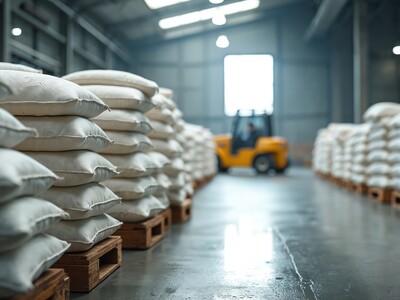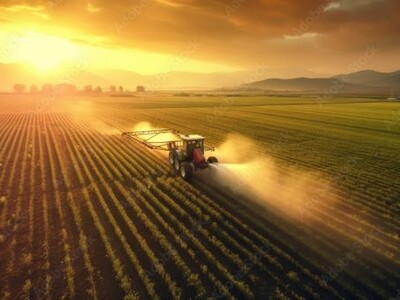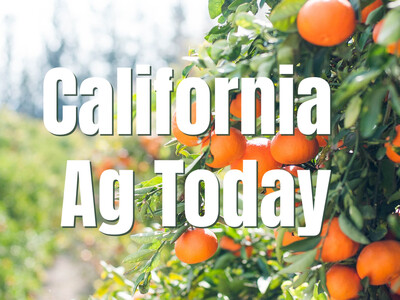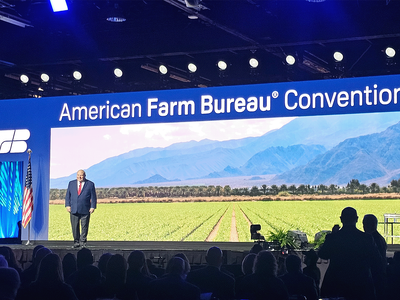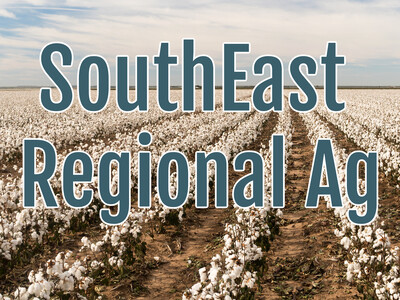Three Questions
DTN MarketVision, powered by FarmLink, recently launched, an online tool that combines local price information with individual field-by-field yield potential to provide selling opportunity indicators and production-related decision measures. DTN Gen. Manager and Vice Pres. Matt Bradford said there are three major questions facing farmers. ""We take comprehensive weather and market data and combine it with our yield data for a very accurate control set. This tool offers farmers a science-based, fundamental approach to make a clear, concise marketing and production decision. We've helped remove emotion and gut feel from the decision process."In fact, the product has shown a proven accuracy over a five-year period using millions of acres of yield data. When comparing actual yields from individual farmers around the country, DTN MarketVision was able to project yield within two bushels of the actual individual yields, providing a reliable base for marketing decisions. The program has back tested to project USDA's production estimates, and come very close to their results as well. They can forecast for every field, every year, all over the country.
"This is easier for farmers because it does all the calculations for them," confirms Mary Tangen, DTN senior project manager. "We were hearing this need from farmers, since historically they focus more on production than marketing. Margins are more important than ever with lower prices, and now farmers can evaluate which fields are making money and which are not."
More Confident Marketing. With yield potential established, DTN MarketVision's recommendations on when to sell or hold grain become clearer. The tool calculates a local fair value as a guide, which is a snapshot of forecasted futures prices for corn and soybeans adjusted for the local area, to gauge sales.Farmers can enter and monitor as many local elevator prices as desired in the product. DTN MarketVision provides the list of bids at each location for comparison. That, together with the local fair value compiled in a chart, shows farmers with both primary and secondary indicators when to sell, when to hold and even when the opportunity window is closing.





